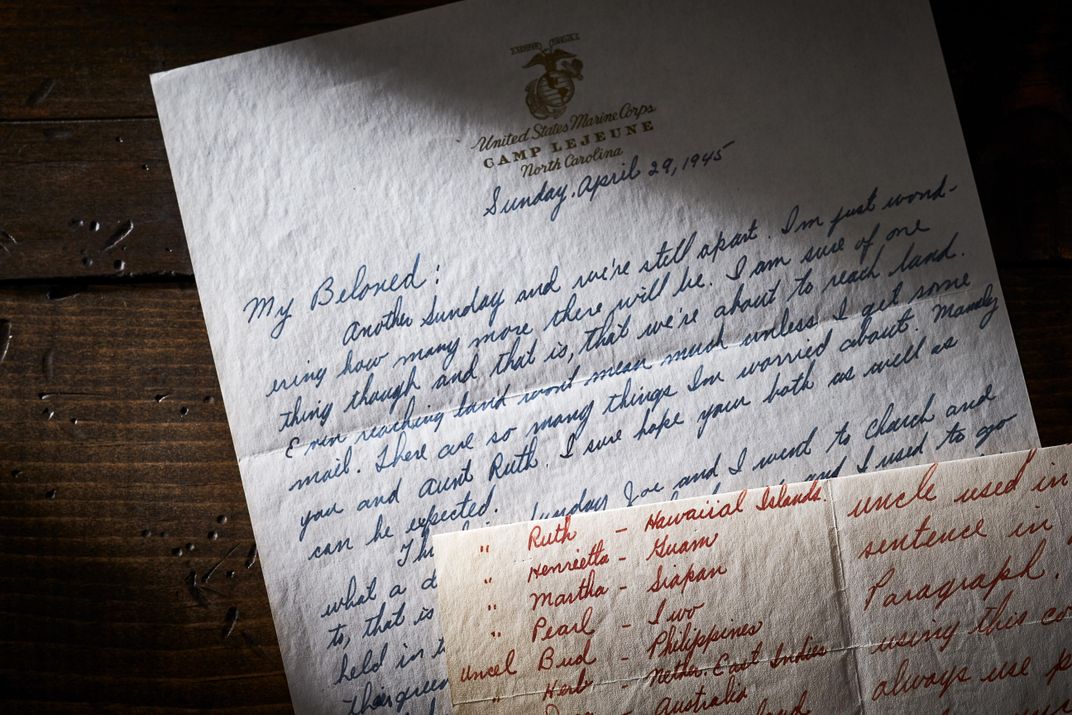The Unprecedented Effort to Preserve a Million Letters Written by U.S. Soldiers During Wartime
A tragedy at home led one intrepid historian to find and catalog precious correspondence for future generations to study
/https://tf-cmsv2-smithsonianmag-media.s3.amazonaws.com/filer/12/8d/128df07a-2e78-47a3-91d5-a56d870f455d/nov2019_e08_prologue.jpg)
Andrew Carroll is never far away from the slim black portfolio he calls “the football.” Inside are more than two dozen original letters, creased and faded, bullet-torn and tear-stained, spanning 225 years of American war history, from the early days of the Revolution to 9/11. Each page is sheathed in a protective plastic sleeve, and for added security, there are the handcuffs. Carroll locks the case to his wrist when he travels, which he does almost constantly. By his own count, he was on the road almost 200 days last year, using this remarkable sampling of letters to convince anyone who will listen how important—and ephemeral—such documents are. It’s all part of the historian’s ambitious effort to rescue these eyewitness accounts from attics, basements, garage sales and trash bins.
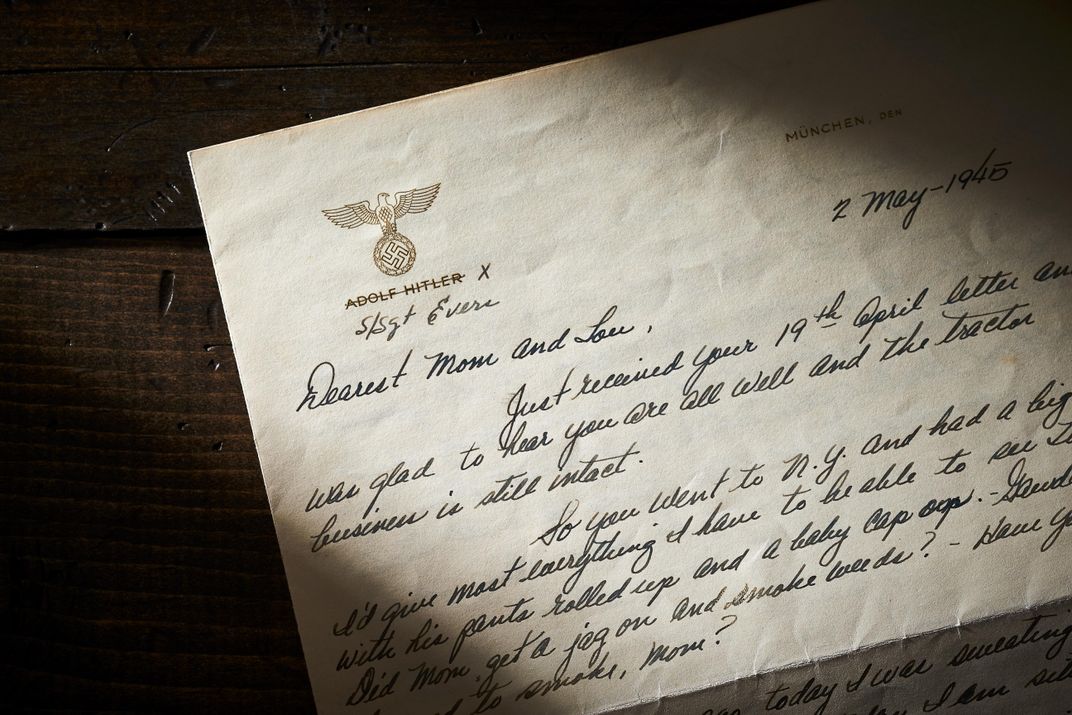
The letters he carries to make his impassioned plea—and the tens of thousands more he donated to establish the Center for American War Letters at Chapman University in California—are the personal stories of war, intimate descriptions of the battlefield and the home front that often get overlooked by history books focused on troop movements and casualty counts. They are also a democratization of history: Hundreds of handwritten missives of a World War II Air Force pilot remembered only by his family will be preserved as carefully as the previously unheard audio recordings created by then Army Col. George Patton IV, of the famed Fighting Pattons, in his command tent in Vietnam. (Listen to one of his letters below)
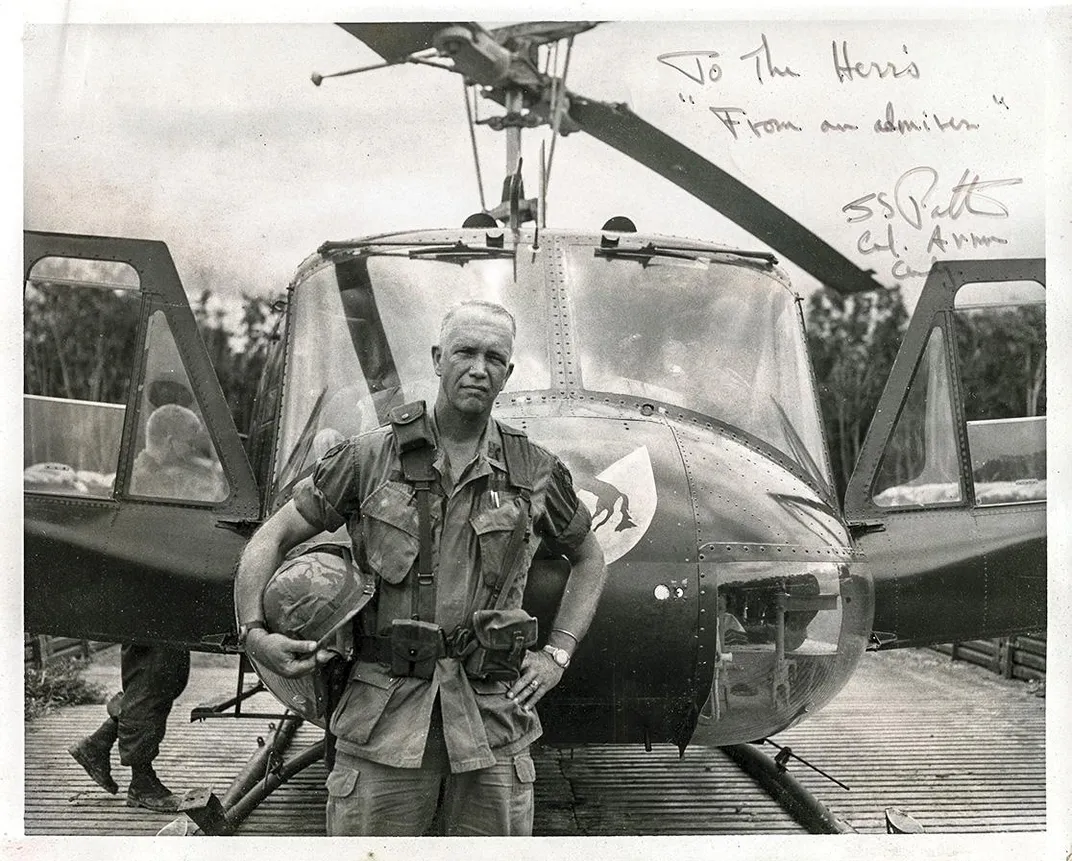
“These letters are America’s great undiscovered literature. They give insight into war and into human nature,” says Carroll. “We can’t lose this kind of history.” He calls his project the Million Letters Campaign—but he still has a long way to go.
* * *
The first letter in Carroll’s collection arrived about 30 years ago.
In December 1989, a fire destroyed the Carroll family home in Washington, D.C. No one was injured, but everything they owned was lost, including family photos and other mementos. “That’s the hard part,” Carroll, then 20 years old, told a cousin he barely knew, who had called to check in on his relatives. His cousin, James Carroll Jordan, responded by sending a surviving piece of family history, a letter Jordan himself had written as a pilot in World War II. It was dated April 21, 1945, three weeks before Nazi Germany’s surrender to the Allied forces.
“I saw something today that made me realize why we’re over here fighting this war,” Jordan wrote to his wife, Betty Anne. That day he had been tasked with visiting Buchenwald, the Nazi concentration camp, which had been liberated a few days earlier. “When we first walked in we saw all these creatures that were supposed to be men,” Jordan wrote. “They were dressed in black and white suits, heads shaved and starving to death.” His descriptions of this almost unbelievable scene are vivid and brutal, though he told his wife he had spared her the worst of it. Finally, he wrote, “our time was up, so we boarded our truck and rode home, just thinking.”
The letter stunned Carroll, who was about the same age Jordan had been when he wrote it. He was surprised again at his cousin’s reaction when he offered to mail it back. “He said, ‘Just keep it, I probably would have thrown it out.’”
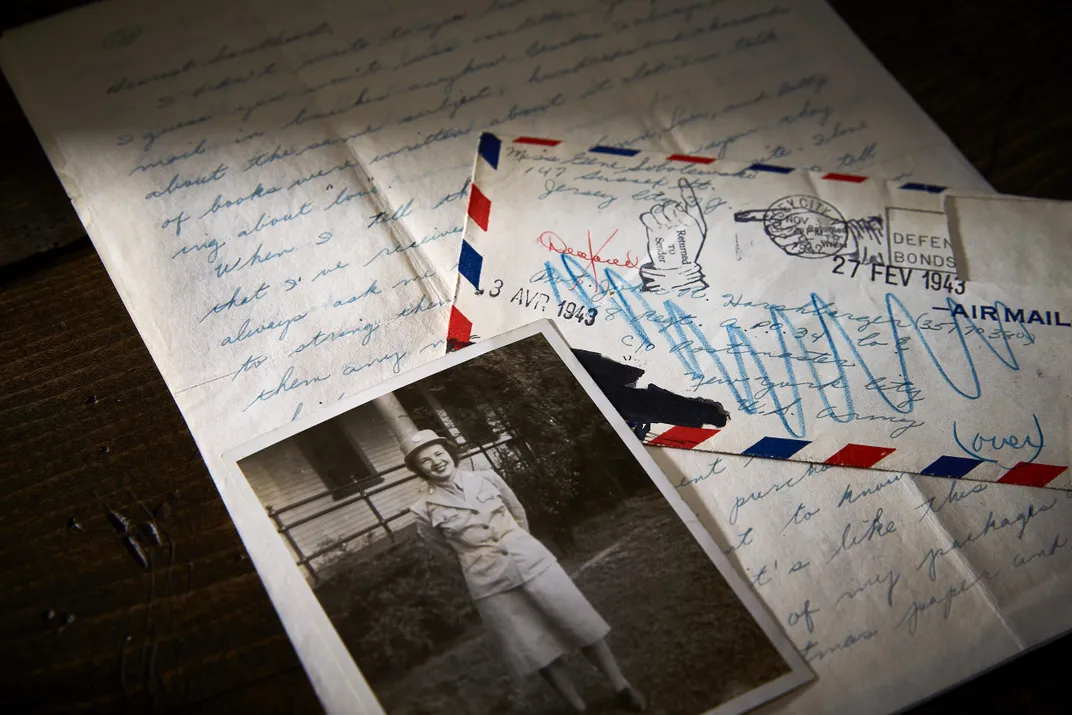
For Carroll, a student at Columbia University who previously had no interest in history, Jordan’s letter was the start of a three-decade quest to collect these memoirs. He started by asking friends and family, teachers, coaches, everyone he encountered. Most were happy to have him take some letters, often written by relatives they didn’t even remember. For a while, it was just a hobby for Carroll, whose full-time job was working with Nobel laureate Joseph Brodsky to launch the American Poetry & Literacy Project, a foundation-funded nonprofit with the goal of distributing one million free books of poetry. It wasn’t until the fall of 1998 that he turned his attention fully to the letters he was amassing and envisioned another enormous undertaking. He wrote to Dear Abby, asking the syndicated advice columnist to promote what he decided to call the Legacy Project.
Her column, which appeared on Veterans Day 1998, described Carroll as “a young man on a mission” and the project an “all volunteer, national effort,” which was true, though Carroll was the only volunteer. The columnist asked readers to send copies of war letters to a post office box in Washington, D.C. Four days later, the post office called Carroll: There were bins of letters everywhere. Many people had sent original family heirlooms to a stranger they knew only through Dear Abby. Carroll wasn’t prepared for that kind of trust—or for challenges of storing thousands of letters.
Over the next 15 years his collection ballooned— 5,000 letters, then 10,000, then 50,000. Carroll published a small percentage of the letters in a series of books, which have helped to fund the endeavor. A handful was featured in a documentary; others appeared in a play; a few more were exhibited at the Smithsonian National Postal Museum. But most of the letters remained crammed into storage crates in the basement of Carroll’s D.C. apartment tower. By 2013, there were an estimated 100,000 letters down there—the largest nongovernmental collection of war correspondence in the country.
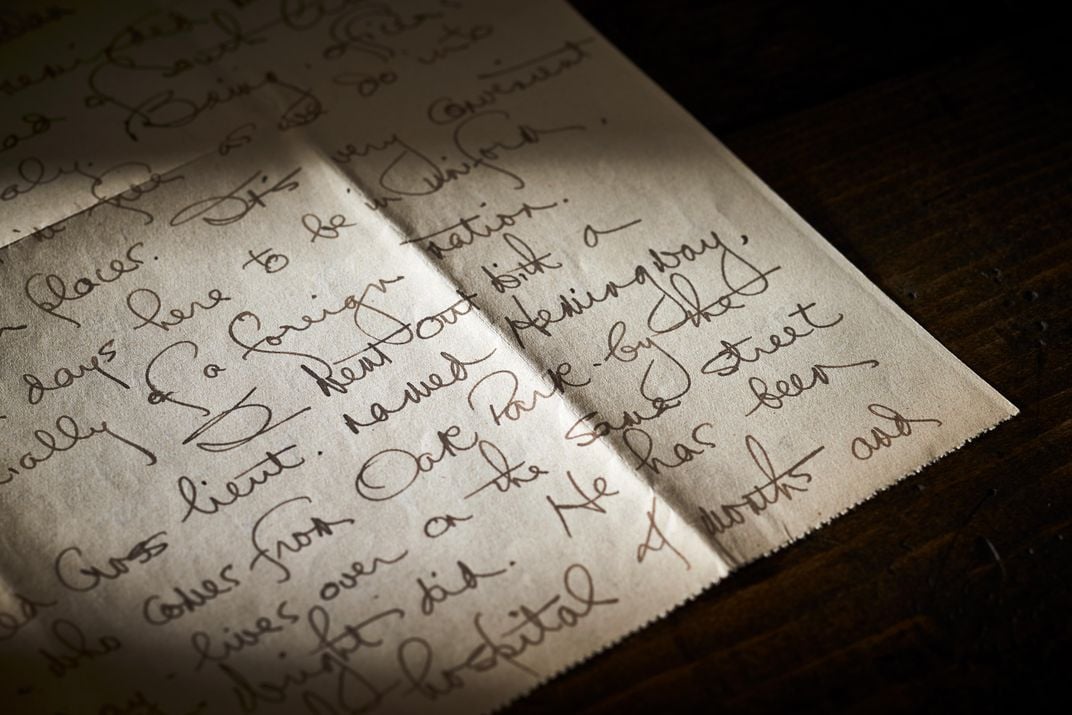
Today, the bulk of the archive is stored at the Leatherby Libraries at Chapman University, where Carroll now serves as the director of the Center for American War Letters. The school has dedicated storage and exhibit space to the project, as well as the resources to process the collections. Each letter is opened and read. Sometimes the archivists uncover a surprise: “I went out with a Red Cross lieut. named Hemingway, who comes from Oak Park,” Army Lt. Walter Boadway wrote in 1918 of a 19-year-old, first name Ernest. “He has been here in the hospital 4 months and has some time to go yet. He was out in the trenches one night when a trench mortar shell blew their cover away and left them exposed to machine gun fire. He got 247 wounds from the mortar shell and machine guns. He has a couple of pounds of metal they have carved out of him. Luckily he got most of it in his legs and not in a vital spot.” Carroll believes it to be among the first references to Hemingway’s World War I service.
After archivists open every envelope, the often-fragile pages are both scanned and physically preserved. Taken together, the letters can tell the story of economic changes on the home front or of advances in the postal infrastructure, to name just two research projects. But it is time consuming. About 30 percent of the collection has been processed, according to Charlene Baldwin, the library dean.
And the letters keep coming in. Two years ago, again with the Dear Abby column’s help, Carroll relaunched his collection effort, rebranding it the Million Letters Campaign to underline the urgency. The last veterans of World War I have died and those who served in World War II are in their 90s; will their descendants value the letters? Carroll also worries about the stories service members send home from the United States’ current wars. There may be something precious about an old letter, but emails and texts, which he also collects, are not given the same reverence. Since 2017, Carroll estimates the archive has grown to about 150,000 letters. The bespectacled academic is a fast-talking optimist, but even he seems momentarily cowed by the archive’s potential size: “There’s millions more out there,” he says.
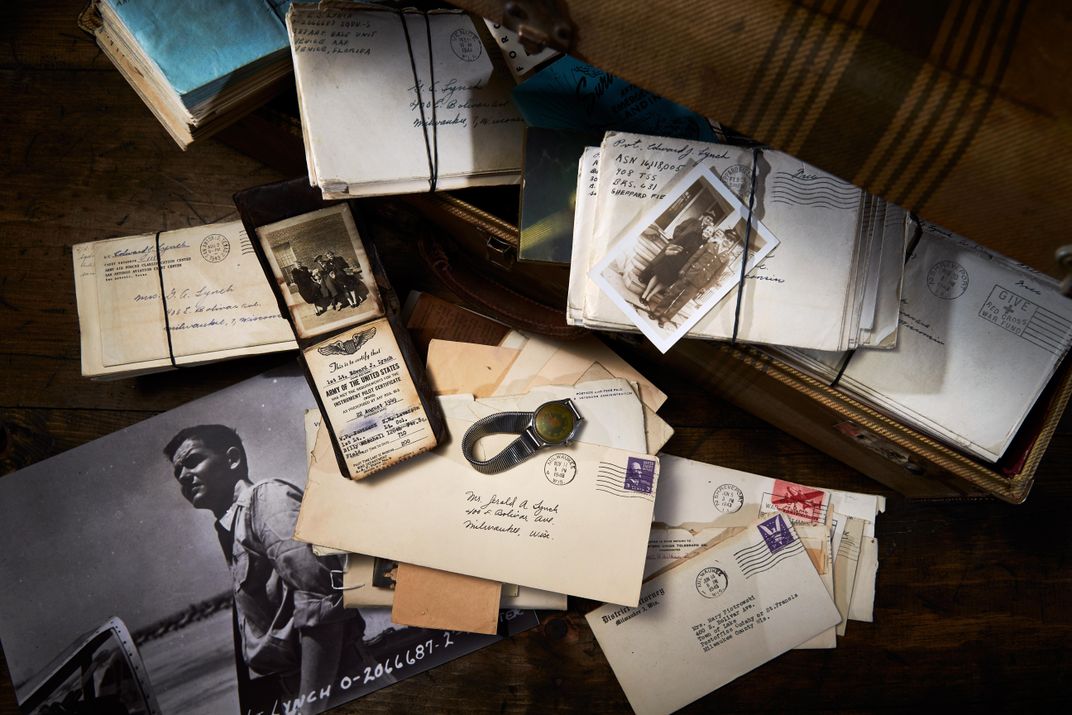
As if to prove his point, Carroll pries open a large cardboard box sent to his apartment from Wisconsin. Inside is a vintage suitcase, and when he pops the latches, he reveals hundreds more letters. A note explains that these are the stories of First Lt. Edward Lynch; his nephew John Pietrowski sent them. The suitcase had been sitting in Pietrowski’s mother’s attic all his life, but it wasn’t until after she died in 2010 that Pietrowski began to read Uncle Eddie’s stories. “It was like a book I couldn’t put down,” Pietrowski says of Lynch’s adventures in his P-51 Mustang during World War II. Lynch had written to his father—a World War I veteran and Pietrowski’s grandfather—almost every day to tell him of flying over “The Hump,” the nickname WWII pilots had given the dangerous expanse of the Himalayas, and buzzing the Taj Mahal. Lynch died at the stick of a fighter jet in a crash in Illinois in 1948, years before Pietrowski was born, but reading the letters, he says, “I felt really close to him.” Pietrowski, now retired and without children of his own to pass the letters on to, donated them after reading about a speech Carroll gave in Milwaukee.
Carroll then turns to his computer, its keyboard hidden under a pile of papers, to play the first audio letters the archive has received. He’s still working his way through the more than 50 hours of recordings that George Patton IV’s son Ben shared. He presses play on a sound file from July 17, 1969, the day Patton arrived in Lai Khê, Vietnam, to begin his third and final tour in country. Through the static and constant interruptions, Patton narrates his experiences for his wife, Joanne, who responds with stories of family and friends. Over the months of recordings, Patton is, by turns, efficient and reflective, both consummate commander and intimate confidant.
“I’m coming home after 15 months in this goddamn place,” he tells Joanne in one of his final audio letters. It’s well after dark in Lai Khê on Sunday, March 23, 1970. For once there are no frantic radio transmissions, no incessant artillery explosions. He is focused instead on the logistics of his homecoming: moving the family to Fort Knox, Kentucky, where he will be stationed, and buying a new Cadillac. He yawns, and liquid and ice slosh in a glass. His voice dips: “I sat in the chopper today and I just bawled my goddamn head off,” he confesses. “I’ll just never have an experience like this again....I’m sick of this war a little, but leaving this unit is tough. That’s all there is to it. It’s tough. And I can’t describe it more than that.”
